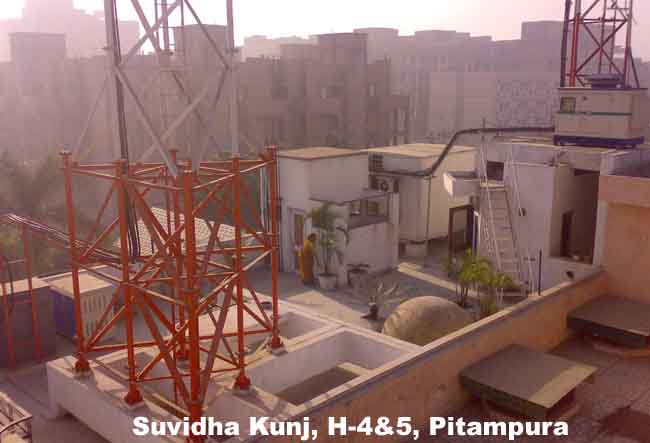 |
 |
| Mobile players
oppose regulation on radiation
Association of India has opposed a Government proposal to make it mandatory for mobile phone manufacturers to specify the radiation levels (SAR) emitted by the device on the handset’s screen menu. The Department of Telecom is considering a proposal to adopt the guidelines prescribed by the International Commission on Non-Ionising Radiation Protection (ICNIRP) which lays down the basic restrictions and reference levels for limiting exposure to electromagnetic radiations from mobile base stations and handsets For handsets, SAR (specific absorption rate) is an indication of the amount of radiation that is absorbed by body while using a mobile phone. This is measured in watts per kilogram (W/kg) and the higher the SAR rating, the more is the radiation absorbed. ICNIRP has stipulated that manufacturers must ensure that the maximum SAR level of a cell phone does not exceed 2W/kg. Since every handset has its own SAR levels, DoT is considering make it mandatory for handset manufacturers to display the radiation levels on mobile phones through the menu options, making it easier for consumers to know the exact levels for each mobile device before purchase. No display on menu
In a letter to DoT, the GSM operators said that while the Government should implement the norms specified by ICNIRP, it should not insist on making SAR part of the handset menu, “In this regard we wish to bring to kind attention that most of the handsets sold in India comply with the global emission norms, and their SAR values are displayed either in the device manual, or on the Web site of mobile manufacturer. Hence the display of SAR values through menu options on screen is not required.” Tower radiation
COAI has also opposed a move from DoT to set up a Conformity Assessment Body (CAB) which will measure radiation from mobile base stations and provide certifications to the operators.
Waking up to the hazards of cellphone towers in residential areas, the committee has sent out notices to the seven cellphone service providers in Delhi to set things right in three weeks. Based on complaints from residents, the committee disclosed that most of the 6,000-odd mobile phone towers in the city were not conforming to guidelines for noise and air pollution. It, however, conceded that due to the "high number" of cellphone towers, it had earlier relaxed the registration rules. On inspection of the towers recently, the committee found out that several diesel generator sets installed at these towers did not have the compulsory acoustic enclosures to curb noise pollution. Even the stack height of the DG sets was not high enough, and this resulted in increased air pollution. "We had noticed these problems and were asking the service providers to take necessary measures but the number of complaints only grew. Finally we were forced to issue notice to them, asking them to register with DPCC," said J K Dadoo, chairman of the committee. The notice sent to the service providers holds them guilty of violating the Environment (Protection) Act, 1986; Air Act, 1981; Noise Rules, 2000; Diesel Generator Set Stack Height guidelines; Noise Limit for Generator Sets; and guidelines for complying with limits for human exposure to electromagnetic fields as prepared by the Telecommunications Engineering Centre, DoT.  Cellphones, Cellphone Towers Cancer Connection - JNU People who are living near mobile tower 400-500 metres should get their houses tested for radiation. |

Click for - India's True Portal |
|
 |
 |
|
LiveIndia.Com Copyright
© 1998-2001 Live India Internet Services! All rights reserved
|